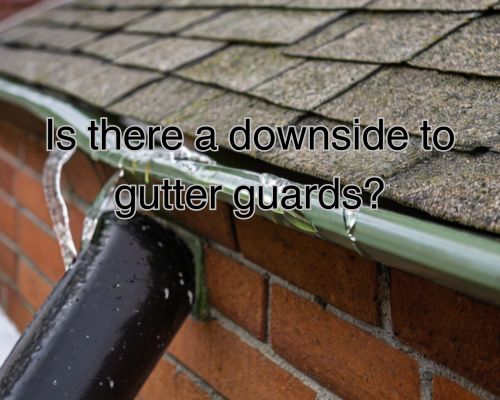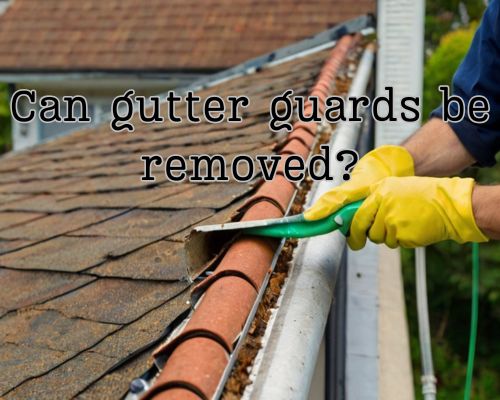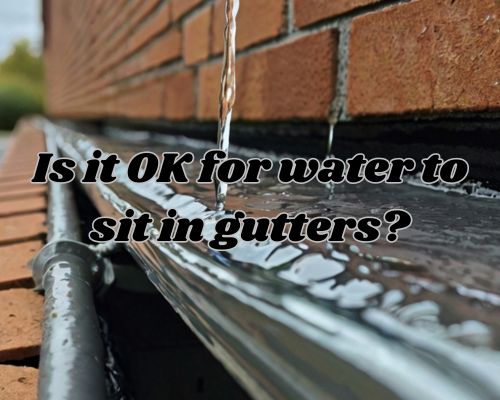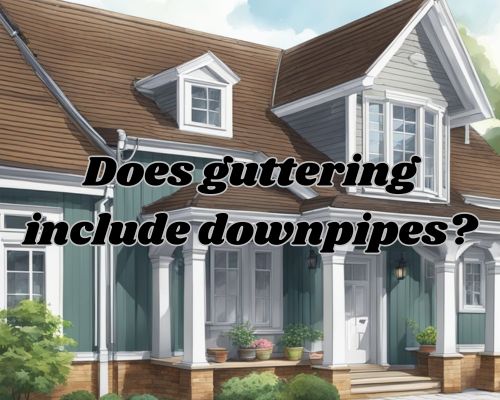Historic homes in West Palm Beach, Florida, embody charm, timeless elegance, and unique architectural beauty. However, preserving these homes requires careful attention to detail, especially when it comes to functionality and aesthetics. A critical yet often overlooked aspect of maintaining a historic home is choosing the right gutters. Selecting the best gutters ensures not only efficient water management but also preserves the integrity and appearance of your home.

This guide explores the best gutter systems for historic homes in West Palm Beach, considering local climate challenges, historic preservation guidelines, and architectural harmony.
Why Gutters Are Essential for Historic Homes
In West Palm Beach, the subtropical climate means heavy rainfall, frequent thunderstorms, and occasional hurricanes. Without effective gutters, rainwater can damage a home’s foundation, landscaping, and exterior features. For historic homes, this risk is even greater, as their older construction may lack modern water drainage features.
Key Benefits of Installing Gutters on Historic Homes:
- Foundation Protection: Prevents water pooling around the base of the home, which can lead to cracks and structural issues.
- Exterior Preservation: Shields wooden siding, masonry, and other historical materials from water damage.
- Landscape Maintenance: Avoids soil erosion around gardens and walkways.
- Aesthetic Harmony: Customizable designs ensure gutters blend seamlessly with the home’s architecture. For any guttering works, see https://guttersofwestpalmbeach.com/.
Best Types of Gutters for Historic Homes
When selecting gutters for a historic home, it’s essential to balance functionality with architectural compatibility. Here are the top options:
1. Copper Gutters
Copper gutters are a popular choice for historic homes due to their durability and timeless appeal. Over time, copper develops a natural patina that enhances its vintage look.
Advantages:
- Long-lasting (up to 50 years or more with proper maintenance).
- Resistant to rust and corrosion, ideal for humid climates like West Palm Beach.
- Adds a luxurious aesthetic that complements historic architecture.
Considerations:
- Higher upfront cost compared to other materials.
- Requires professional installation for proper soldering and alignment.
2. Half-Round Gutters
Half-round gutters are a classic design often found on historic properties. Their rounded shape mimics the original gutters used in older homes.
Advantages:
- Authentic look that preserves historical accuracy.
- Smooth interior reduces debris buildup, promoting efficient water flow.
- Available in materials like copper, aluminum, and galvanized steel.
Considerations:
- Slightly less efficient at handling heavy rain compared to K-style gutters.
- May require custom brackets for installation.
3. Seamless Aluminum Gutters
For homeowners seeking a modern solution that doesn’t compromise aesthetics, seamless aluminum gutters are an excellent choice. They can be painted to match the exterior of your home.
Advantages:
- Lightweight and easy to install.
- Resistant to rust, making them suitable for West Palm Beach’s humid climate.
- Customizable to blend with historic exteriors.
Considerations:
- While not as traditional as copper or half-round gutters, they offer a clean, subtle appearance.
- May need regular maintenance to prevent leaks at joints and corners.
4. Wood Gutters
For true historic authenticity, wood gutters are an option. Often used in homes built in the 19th and early 20th centuries, wood gutters can be custom-milled to replicate original designs.
Advantages:
- Matches the architectural style of many historic homes.
- Provides unmatched authenticity for restoration projects.
Considerations:
- Requires significant maintenance to prevent rot and decay.
- Not ideal for heavy rainfall areas unless treated and maintained regularly.
Factors to Consider When Choosing Gutters in West Palm Beach
1. Local Climate
West Palm Beach’s heavy rains demand durable, high-capacity gutters. Materials like copper and aluminum excel in withstanding frequent downpours and the corrosive effects of humidity.
2. Historic Preservation Guidelines
Homeowners in historic districts may need to adhere to guidelines set by local preservation boards. Always check with the West Palm Beach Historic Preservation Division before installing or replacing gutters.
3. Aesthetic Harmony
Your gutters should complement your home’s architectural style. For example:
- Colonial Revival homes might suit copper or wood gutters.
- Mediterranean-style homes in West Palm Beach often benefit from seamless aluminum gutters painted to match their stucco exteriors.
4. Maintenance Requirements
Consider the time and resources needed to maintain your gutters. While copper and aluminum gutters require less upkeep, wood gutters demand regular inspections and treatments to prevent decay.
Enhancing Gutter Systems with Accessories
To further protect your historic home, consider the following gutter accessories:
- Gutter Guards: Prevent leaves and debris from clogging gutters, especially useful during Florida’s storm season.
- Downspout Extensions: Direct water away from your home’s foundation to prevent flooding and erosion.
- Rain Chains: A decorative alternative to traditional downspouts that aligns with the charm of historic homes.
Professional Installation Matters
Installing gutters on a historic home isn’t a DIY project. Proper installation is crucial to maintain the home’s structural integrity and comply with preservation guidelines. Hiring a professional gutter installer in West Palm Beach, see https://guttersofwestpalmbeach.com/, ensures the job is done right, with minimal impact on your home’s original features.
Look for contractors experienced in historic home restoration. They’ll understand how to balance modern functionality with traditional aesthetics.
Local Resources for Historic Homeowners in West Palm Beach
If you’re a historic homeowner, these resources may prove helpful:
- City of West Palm Beach Historic Preservation Division: Offers guidelines and resources for maintaining and restoring historic properties.
- Palm Beach County Historical Society: A hub for local history enthusiasts and homeowners seeking preservation tips.
- Local Gutter Contractors: Seek companies specializing in historic home restorations for expert advice and installation services.
Conclusion
Choosing the best gutters for your historic home in West Palm Beach, Florida, requires a thoughtful approach that balances functionality, durability, and architectural harmony. Whether you opt for the timeless elegance of copper, the authenticity of wood, or the versatility of seamless aluminum, the right gutters will protect your home while preserving its charm.
By working with local professionals and adhering to preservation guidelines, you can ensure your historic home remains a treasured piece of West Palm Beach’s architectural legacy for generations to come.












